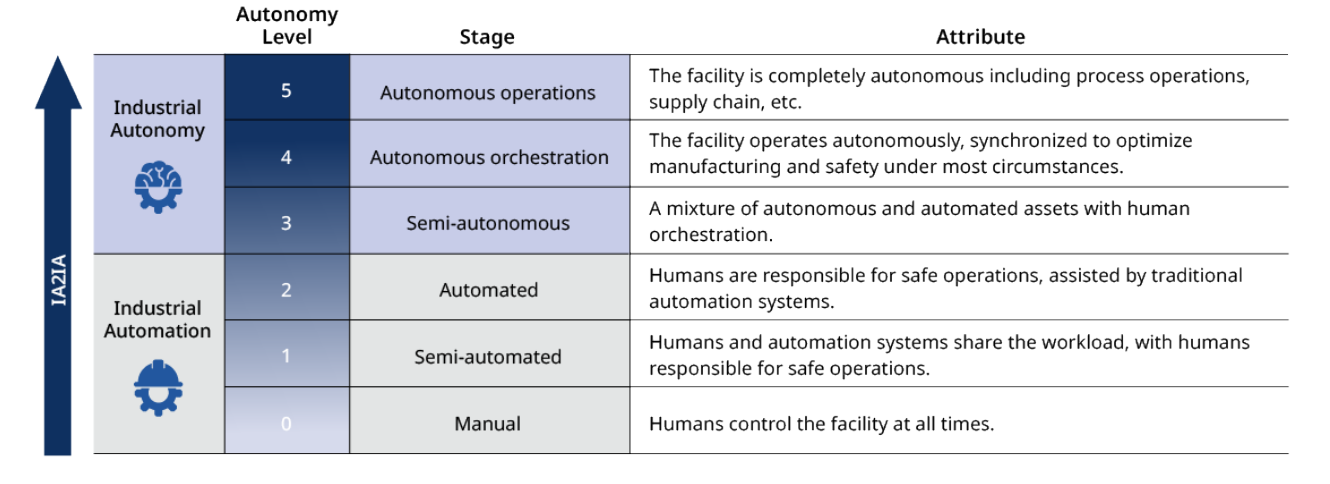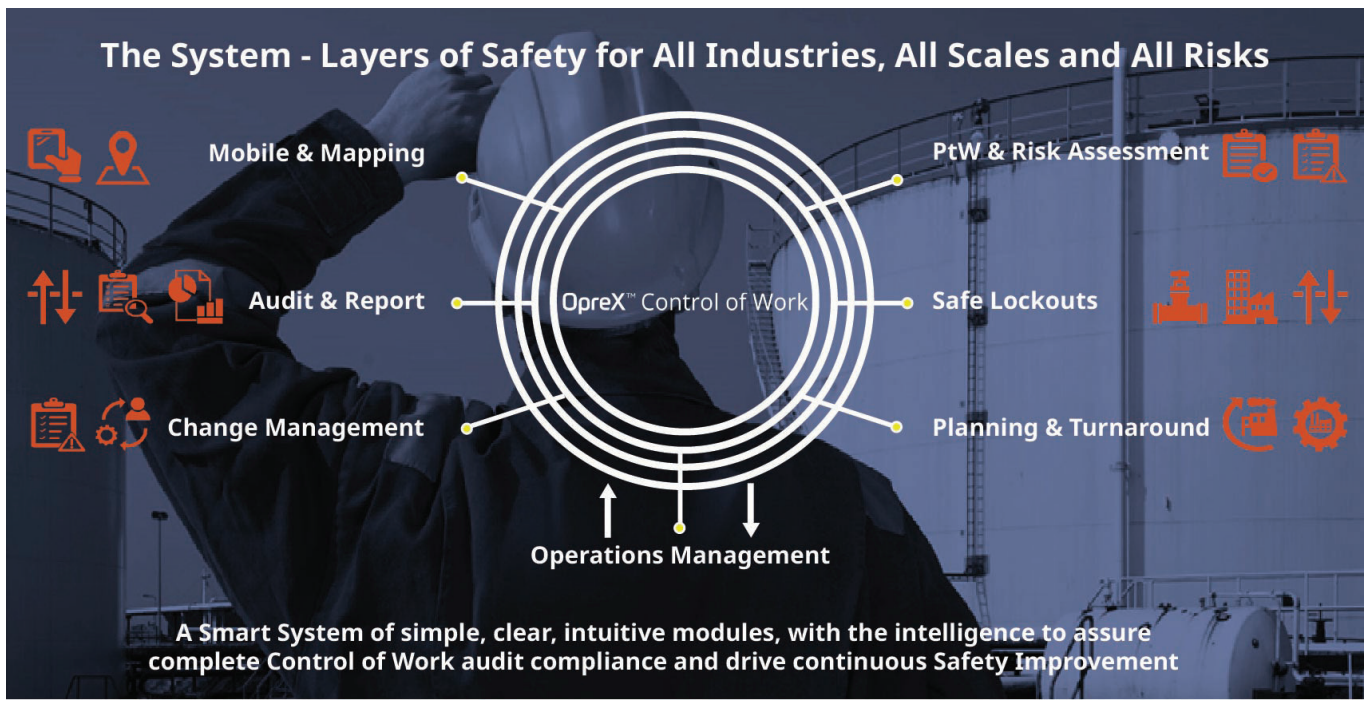Anu Mahesh, Yokogawa, discusses tailored digital solutions for efficiency, safety, and sustainability.
The mining industry is navigating a complex landscape of rising resource demand, workforce challenges, and increased scrutiny of environmental and social governance (ESG) practices.
To address these evolving demands, mining companies are turning to digital transformation (DX) strategies, incorporating advanced technologies such as artificial intelligence (AI), robotics, and asset optimization tools. These innovations enable operations to achieve greater efficiency, safety, and sustainability while addressing workforce shortages and enhancing remote capabilities.
Crafting tailored solutions to meet mining needs
Every mining operation faces unique challenges, from site-specific environmental concerns to fluctuating workforce availability. Customized digital solutions are essential for addressing these variables, ensuring that technologies align with each operation’s goals and desired outcomes.
Today, companies are at various stages of their digital transformation journeys. A five-stage digital transformation roadmap has been designed to guide these initiatives (see Figure 1). When applied to specific operational challenges, this roadmap helps identify key considerations for recommending, designing, and building the necessary applications and capabilities to achieve and sustain excellence, while also addressing potential barriers to success.
Frost & Sullivan has estimated that process industries utilize less than 5% of the data that is collected, which means that 95% of the data is either siloed (used selectively), dark (unused), or lacking consistency in use. Problems in terms of assigning context to data and poor quality have also been identified. To be ready for digital transformation, the impediments to data utilization must be addressed.

Figure 1. A proven digital transformation roadmap.
Leveraging digital transformation
Digital transformation empowers mining operators to integrate data, processes, and systems into a unified framework, delivering actionable insights for decision-making. Tools such as real-time data analytics and process simulation enable operators to optimize workflows, reduce downtime, and adapt quickly to changing market demands.
Digitally transforming operations typically deploy centralized platforms, which enable integration across multiple facilities by unifying data with disparate formats and protocols into valuable, actionable information (see Figure 2). These highly scalable platforms feature open architecture and can operate on-premise or in the cloud. They enable high availability of information to users across the enterprise.

Figure 2. A collaborative information (CI) server unifies information from disparate sources across the enterprise.
Asset optimization for greater efficiency
Asset optimization strategies combine advanced monitoring technologies with predictive analytics to maximize equipment performance. Contemporary asset management applications use AI with condition based maintenance (CBM) to drive productivity with reliable and resilient wireless solutions. Real-time insights into machinery health reduce unplanned downtime and extend asset lifespans, ultimately lowering operational costs while increasing production output.
Addressing workforce challenges through technology
Workforce shortages and high turnover are pressing issues in mining, often exacerbated by remote locations and hazardous working conditions. Digital tools and automation are transforming workforce management, enabling remote operations and improving safety.
Autonomous operations
The integration of connected devices and cloud-based platforms allows operators to monitor and control equipment remotely. This not only reduces the need for on-site personnel, but also opens the door to recruiting and retaining a more diverse workforce, including individuals who cannot work on-site due to geographic or personal constraints.
For operational and profit optimization, this means data-driven operational feedback control. It uses increasing amounts of data to understand specific problems, solve them, and drive improved economics. Autonomy provides accurate, hyper-connected supply chains that are genuinely on-demand (see Figure 3). In workforce demographics, companies are shifting from qualitative tribal knowledge, which has kept certain assets running for a long time, and trying to layer in as much as possible to make that quantitative.

Figure 3. Industrial Automation to Industrial Autonomy (IA2IA).
Robotics for routine and dangerous tasks
Robotics technology is revolutionizing routine inspections and safety protocols. Mobile robots equipped with sensors can perform repetitive tasks, such as equipment checks, while mitigating risks in hazardous environments. By removing human capital from dangerous situations, companies enhance workforce safety and minimize the potential for accidents.
Digitally transforming operations that use mobile robots must integrate the data recorded by the robots during their missions with asset management systems, process control systems, and other operational technology (OT) platforms. Fortunately, solutions which automate robot fleet management with data distribution are available from several suppliers today.
Safety and efficiency: The twin pillars of modern mining
Safety remains a core priority in mining, especially as companies seek to protect human labor in high-risk scenarios. Simultaneously, the need for cost-effective and efficient production drives the adoption of optimization technologies and more intelligent maintenance planning and protocols.
Enhancing safety and regulatory compliance
Integrated safe systems of work help to ensure safe, reliable, and efficient plant operations and regulatory compliance by the digitization of information related to key operations management practices (see Figure 4). This results in both improved safety and productivity, through standardized work practices, streamlined processes, and improved communications and coordination across departments.
 Figure 4. Yokogawa’s OpreX Control of Work solutions help ensure smarter, safer working.
Figure 4. Yokogawa’s OpreX Control of Work solutions help ensure smarter, safer working.
Production optimization: Increasing output, reducing costs
Advanced optimization tools enable mining operations to streamline workflows, eliminate inefficiencies, and boost production. By leveraging AI-powered algorithms and real-time data, operators can identify bottlenecks, improve resource allocation, and achieve cost savings without compromising output quality.
Sustainability as a strategic priority
Sustainability is no longer optional for mining companies; it is a competitive imperative. Partnering with technology providers to develop tailored solutions helps operators minimize their environmental impact while meeting regulatory and community expectations.
Minimizing environmental footprint
Technologies such as advanced water management systems, renewable energy integration, and emissions monitoring tools allow mining companies to reduce their ecological impact. By adopting circular economy principles, such as recycling and resource recovery, operations can further enhance their sustainability efforts.
Collaboration for sustainable solutions
Mining companies and technology providers are increasingly working together to co-create solutions that align with sustainability goals. Whether it is optimizing energy consumption or implementing low-impact exploration techniques, collaboration ensures that solutions are practical, scalable, and effective.
Mining operations can avail themselves of services that calculate the carbon footprint of OT facilities and equipment throughout the supply chain. By leveraging energy-related data, raw material information, manufacturing specifics, shipping details, and more collected from factories, cloud-based applications can ensure precise measurement and reporting of product carbon footprint (PCF) data to meet regulatory requirements.
The role of AI and collaborative intelligence
AI and collaborative intelligence are key enablers of mining’s digital transformation, enhancing decision-making and workforce collaboration while driving operational efficiency.
AI-driven decision support
AI-powered systems analyze vast amounts of data to provide real-time insights into equipment performance, production processes, and environmental metrics. This allows operators to make informed decisions quickly, improving efficiency and reducing risks.
Fostering collaboration across teams
Collaborative intelligence tools enable seamless communication and coordination among remote and on-site teams. By integrating human expertise with intelligent systems, mining companies can adapt more effectively to operational challenges and maintain high levels of productivity.
A holistic approach to mining success
By integrating advanced technologies, addressing workforce challenges, and prioritizing sustainability, mining companies can achieve a balanced approach to success. Successful digitalization solutions require informed leadership and leaders who are strong enough to accept greater empowerment of users and consumers.
Digitally-wise leaders will accurately understand the value that is derived from digitalization solutions. Failure to accurately tell ‘the value story’ to the organization can leave pockets of people isolated and unwilling to change. Pushing the ‘I believe’ button starts at the top and is filtered through the organization to gain adoption and acceptance of digitalization changes. Successful transformations have the backing of the whole organization.
A people-first strategy
Empowering the workforce with advanced tools and training is essential for realizing the full potential of digital transformation. Remote capabilities, robotics, and collaborative platforms not only address workforce shortages, but also create safer and more engaging work environments.
Strong leaders are comfortable that users will be able to make better decisions, faster, and will encourage them to do so without heavy-handed oversight. They also understand that software applications and control systems that consume data are going to make more holistic recommendations, and take actions that will drive the plant closer to its operating limits, in pursuit of the economic optimum.
Continuous improvement through technology
From asset health management to production optimization, continuous improvement is achievable through the strategic deployment of digital technologies. Mining companies that embrace innovation are better positioned to navigate market challenges, meet sustainability goals, and ensure long-term profitability.
Conclusion
The mining industry is evolving rapidly, driven by three imperatives: safety, efficiency, and sustainability. Digital transformation, AI, and tailored solutions are enabling companies to address complex challenges, from workforce shortages to environmental concerns, while enhancing production and reducing costs.
By adopting a customized approach and partnering with technology providers, mining operations can unlock new levels of performance and resilience. The future of mining lies in leveraging these advancements
to build safer, more sustainable, and more efficient operations that deliver value for all stakeholders. Through continuous innovation and collaboration, the mining industry can confidently navigate the path toward a more sustainable and prosperous future.
Industries
-
Mining & Metal
Mining operations produce valuable minerals or geological materials from the Earth. Economical recovery often requires high throughput and high availability of the process with low operation costs, and stringent safety and environmental regulations.
Have Questions?
Contact a Yokogawa Expert to learn how we can help you solve your challenges.